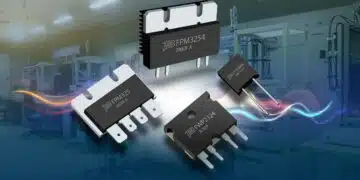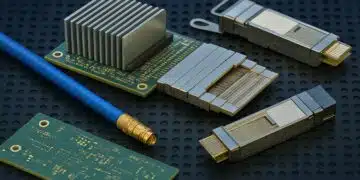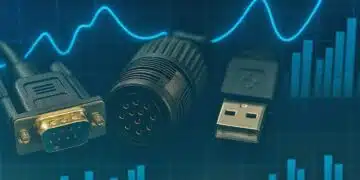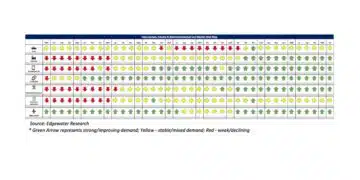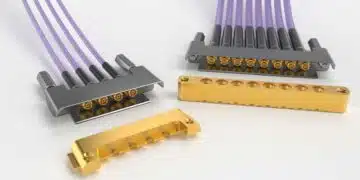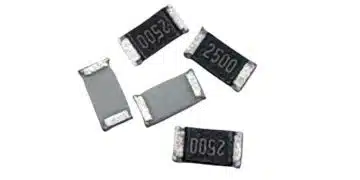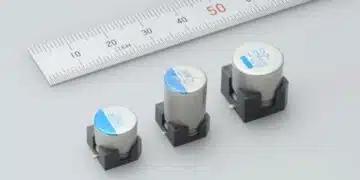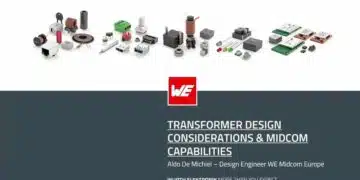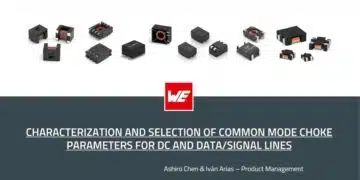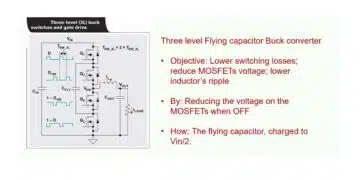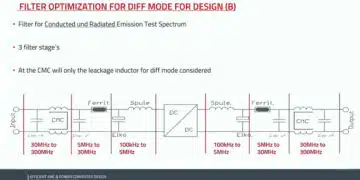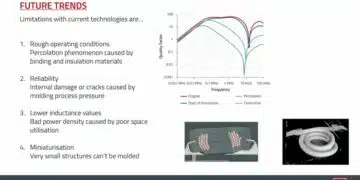In this Würth Elektronik webinar we dive into the fascinating world of PCB printed circuit boards and learn about BASIC technology.
What are BASIC printed circuit boards made of? What is a multilayer? And how are the numerous layers, even if not 1,000, produced? Our “Mr. Webinar” Andreas Schilpp answers the TOP 3 questions from the last 100 webinars in detail.
In our webinar we will offer you insights into:
- our WE.fan physical PCB sample and what you can learn from it
- the basics of the construction and manufacture of printed circuit boards
- options, such as insulation foil and peelable mask
Advancements in Basic PCB Technology
This presentation discusses the latest developments in basic printed circuit board (PCB) technologies, elaborating on materials, production procedures, and advanced classifications. It is based on the insights shared during the 100th electronic circuit board technology webinar, highlighting key production steps, physical PCB samples, and frequently asked questions.
Introduction
Printed Circuit Boards (PCBs) are central to modern electronic devices. This paper explores the core aspects of basic PCB technologies, defining the distinctions between ‘basic’ and ‘standard’ classifications, and outlining the production stages of multi-layer PCBs.
Definitions: Basic vs. Standard
- Standard: Refers to classifications or categories within PCB technologies, implying universally available processes and materials at competitive prices. Examples include rigid-flex, HDI, and embedding technologies.
- Basic Technology: Encompasses single-sided, double-sided, and multi-layer PCBs. These involve standard stack-ups, common base materials, and foundational manufacturing steps.
Materials Used in PCB Manufacturing
- Prepreg (PREE): A partially cured resin-impregnated glass cloth that aids in bonding layers under heat and pressure.
- Copper Foils: Essential for conductive layers, combined with prepreg to form inner core layers.
Multi-Layer PCB Production Process
- Surface Preparation: Cleaning the base material.
- Photoresist Application & Imaging: Applying and exposing photoresist to create circuit patterns.
- Etching & Stripping: Removing unprotected copper and stripping the remaining photoresist.
- Lamination: Combining inner layers with prepreg and copper foils.
- Drilling: Creating vias for inter-layer connectivity.
- Plating: Electroplating to enhance conductivity.
- Solder Mask Application: Protecting the circuitry and preventing oxidation.
- Surface Finishing: Applying finishes like ENIG (Electroless Nickel Immersion Gold).
- Testing & Inspection: Electrical testing and quality assurance.
Analysis of Physical PCB Samples
- Six-layer Multi-layer Standard Stack-up: Showcases different lamination stages with core materials and prepreg.
- Rigid-Flex Technology: Demonstrates flexibility in design and manufacturing.
Cost Influencing Factors
- Drilling Diameters & Tools: Smaller diameters increase production time and costs.
- Separation Techniques: V-scoring vs. milling influences material utilization and labor costs.
- Stack-up Complexity: More layers and materials result in higher costs.
FAQs from 100 Webinars
- Impact of Hole Diameters on Cost: Minimal, but drilling diameter and tool life are significant cost factors.
- Separation Technology Effects: Design complexity dictates whether V-scoring or milling is more cost-effective.
- Stack-up Influence on Pricing: Thickness and material choices impact cost due to processing complexity.
Conclusion
Understanding the nuances of basic PCB technologies and standard classifications is essential for optimizing design and manufacturing processes. The insights shared in this white paper aim to enhance knowledge and support effective project execution.


